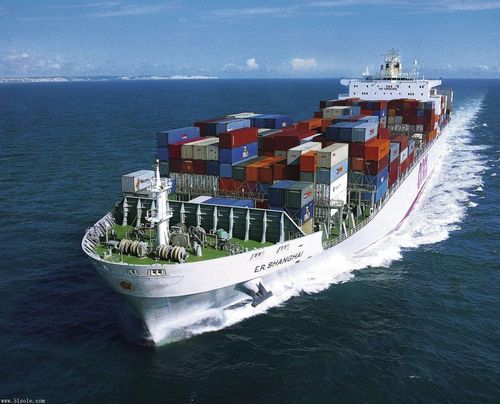Shipping goods to or from the Philippines involves various costs, and understanding port handling fees is crucial for effective budgeting and smooth logistics operations. Whether you’re a seasoned exporter, an importer, or a logistics professional, knowing how to understand Philippines port handling fees can prevent unexpected expenses and ensure transparent transactions. This guide will walk you through the key elements, factors, and tips to demystify these fees.
1. Know the Components of Port Handling Fees
Vessel – Related Charges
Vessels entering Philippine ports incur charges like berthing fees, which depend on the vessel’s size and the duration of stay. Additionally, there are port dues, covering services such as pilotage, tugboat assistance, and use of port infrastructure. These charges contribute significantly to the overall port handling fees.
Cargo – Handling Charges
Cargo – handling fees cover the labor and equipment costs for loading, unloading, and storing goods at the port. For instance, fees for moving containers from the vessel to the terminal, or for stacking them in storage areas, fall under this category. The type, weight, and volume of the cargo influence these charges.
Administrative and Security Fees
Ports in the Philippines levy administrative fees for document processing, customs – related services, and port management. Security fees also exist to ensure the safety of the port and its operations, including surveillance and access control.
2. Consider the Influencing Factors
Vessel Characteristics
The size, type, and tonnage of the vessel play a major role in determining port handling fees. Larger vessels typically pay higher berthing and port dues. Specialized vessels, like tankers or refrigerated ships, may face additional charges due to their specific handling requirements.
Cargo Attributes
Cargo characteristics, such as its nature (hazardous or non – hazardous), value, and packaging, impact the fees. Hazardous materials often require special handling, leading to higher costs. High – value goods may also incur additional security – related charges.
Port Location and Congestion
Different ports in the Philippines have varying fee structures. Busy ports like Manila may charge more due to higher demand for services. Moreover, during peak seasons or when congestion occurs, ports might impose surcharges to manage the increased traffic.
3. Learn How to Obtain Fee Information
Check with Port Authorities
The official websites of Philippine port authorities, like the Philippine Ports Authority (PPA), often publish standard fee schedules. You can also directly contact the port’s administrative office to inquire about specific fees for your shipment, based on your vessel and cargo details.
Consult Freight Forwarders or Shipping Lines
Freight forwarders and shipping lines have in – depth knowledge of port handling fees. They can provide estimates and insights, helping you understand the costs involved. Some, like reliable companies such as China Top Freight, offer comprehensive guidance on managing various shipping – related expenses, including port fees.
4. Manage and Budget for Port Handling Fees
Plan Ahead
Based on the fee information you gather, incorporate port handling fees into your shipping budget early. This ensures that you won’t face financial surprises during the shipping process.
Negotiate When Possible
In some cases, you may be able to negotiate certain fees, especially for long – term contracts or large – volume shipments. Engage in discussions with port authorities or service providers to explore potential cost savings.
In conclusion, comprehensively learning how to understand Philippines port handling fees requires knowledge of their components, awareness of influencing factors, proficiency in obtaining information, and smart strategies for management. By following these steps, you can navigate port handling fees effectively and optimize your shipping operations to and from the Philippines. Utilize China Top Freight to help solve the problems you are facing. Contact us today to embark on your smooth transportation journey!


